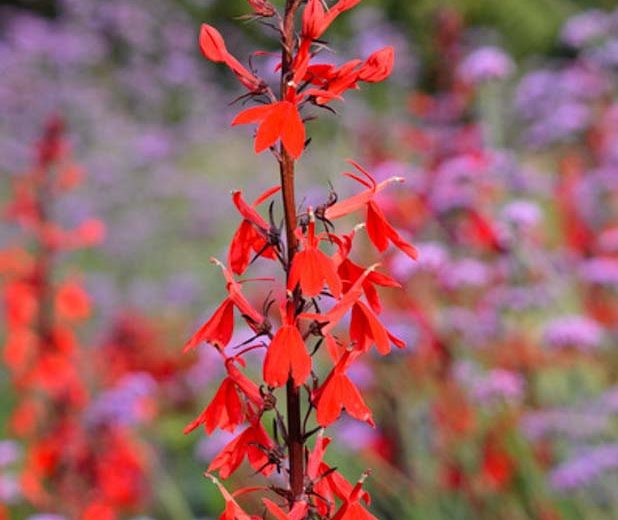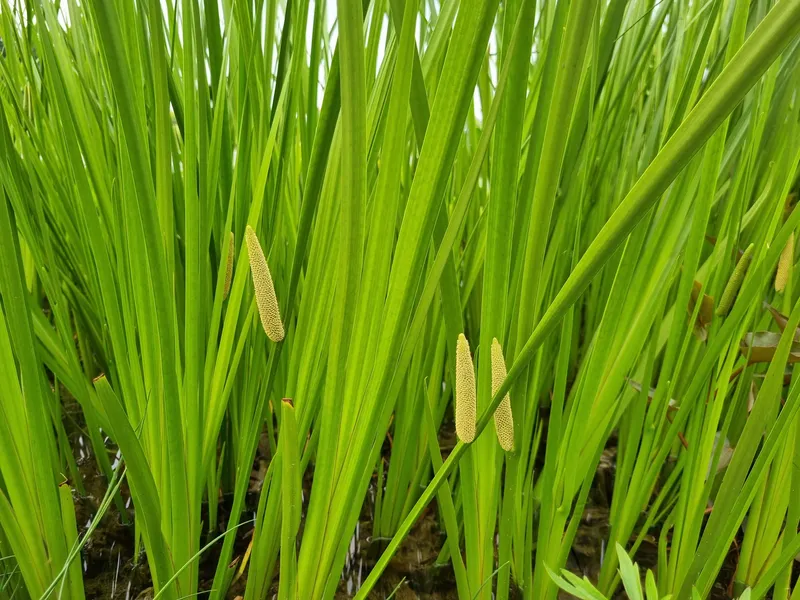For Grand Rapids, MI, you’ll want cold-hardy breeds that can handle snowy winters and occasional hot summers. You’ll also want breeds that are predator-savvy since you’re in the woods. Here are some great options for your climate and setting:
Best Cold-Hardy, Predator-Savvy Chicken Breeds
Plymouth Rock (Barred Rock) 🖤⚪

- Hardy in cold & heat, lays 250+ brown eggs/year
- Smart, predator-aware, and friendly
- Dual-purpose (good for eggs & meat)
Australorp (Black Australorp)

- Super cold-hardy, lays 250-300 large brown eggs/year
- Calm, docile, and easy to handle
- Black feathers help absorb warmth in winter
Wyandotte (Silver or Gold Laced) 🖤🟡⚪

- Very cold-hardy with a rose comb (less prone to frostbite)
- Lays 200-250 brown eggs/year
- Independent, predator-aware, and good foragers
Orpington (Buff Orpington) 🟡
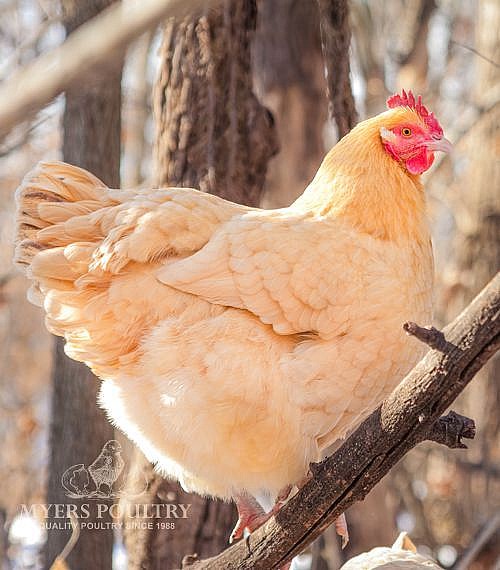
- Cold-hardy due to fluffy feathers, lays 200-280 brown eggs/year
- Very gentle and affectionate (great if you want friendly birds)
- A bit less predator-savvy, so they need a secure run
Rhode Island Red ❤️
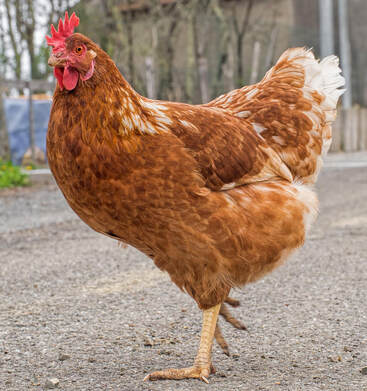
- Tough, predator-savvy, lays 250-300 brown eggs/year
- Hardy in all weather, strong forager
- Can be a little feisty but great for a mixed flock
Dominique ⚫⚪

- Similar to Barred Rocks but with a rose comb (better for frostbite prevention)
- Great foragers, very predator-aware
- Lays 230-270 brown eggs/year
Easter Egger 🥚 (Colorful Egg Layers!)
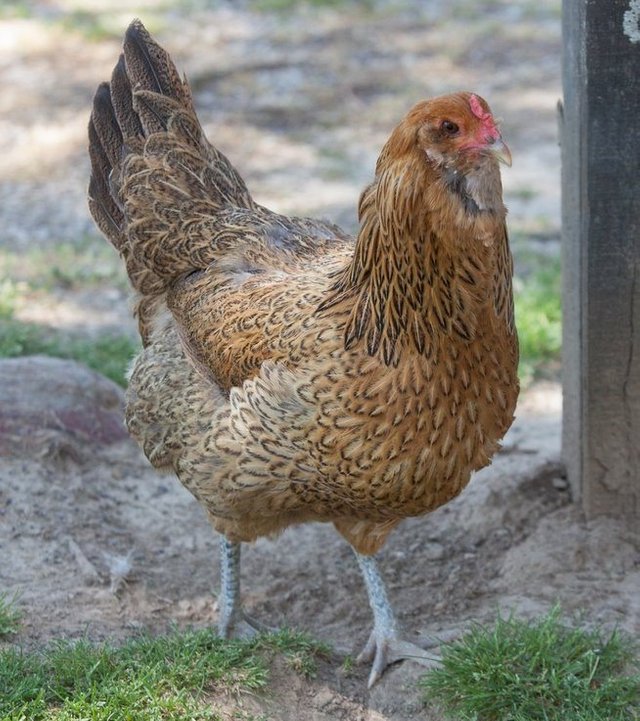
- Super hardy, lays 200-250 blue/green eggs per year
- Friendly and curious, good for beginners
- Predator-aware and good at hiding
Breeds to Avoid for Your Area
🚫 Leghorns – Great layers but have big combs that get frostbite easily.
🚫 Silkies – Too small and fluffy; they don’t handle cold or predators well.
🚫 Polish – Their head crests block vision, making them easy predator targets.
Would you like a mix of breeds or are you leaning toward one type? If you want variety, a mix of Wyandottes, Barred Rocks, and Easter Eggers would give you a beautiful, diverse flock with great egg production!

:max_bytes(150000):strip_icc():format(webp)/GettyImages-615975908weepingwillowtreejuly7th-86a1f0728f3d4ea48df0b8684a23293b.jpg)



